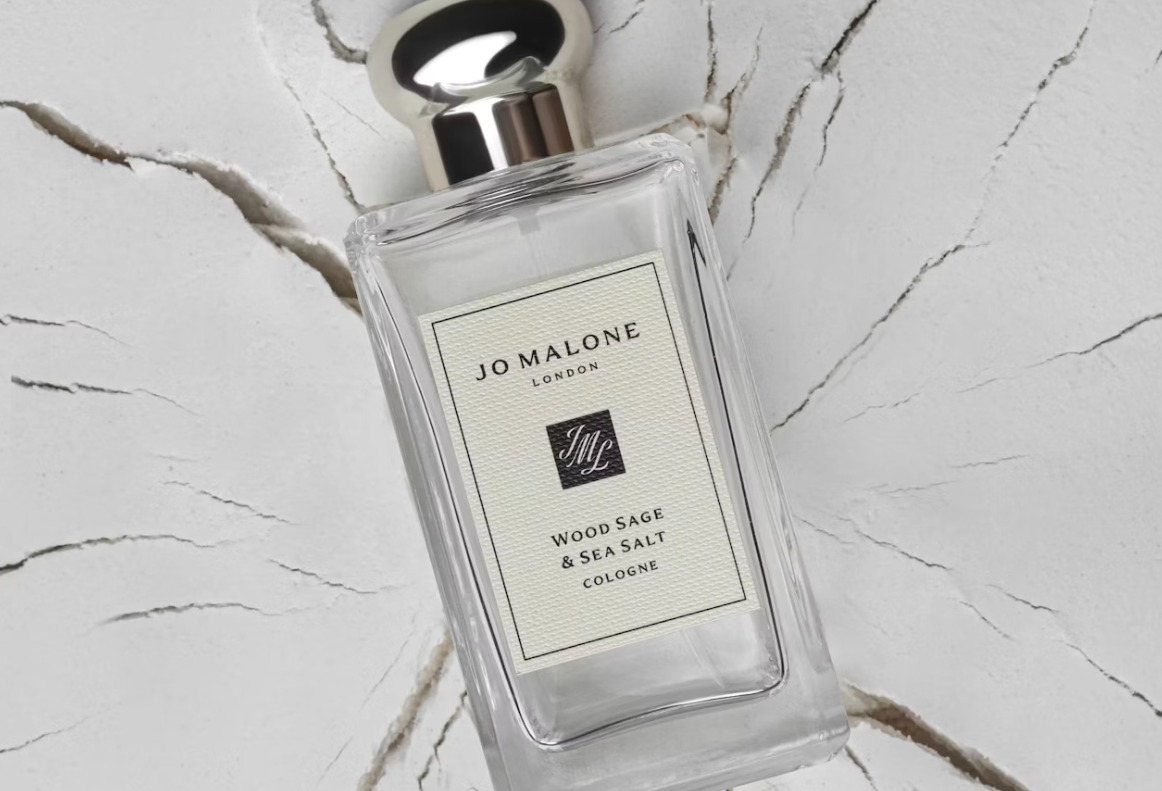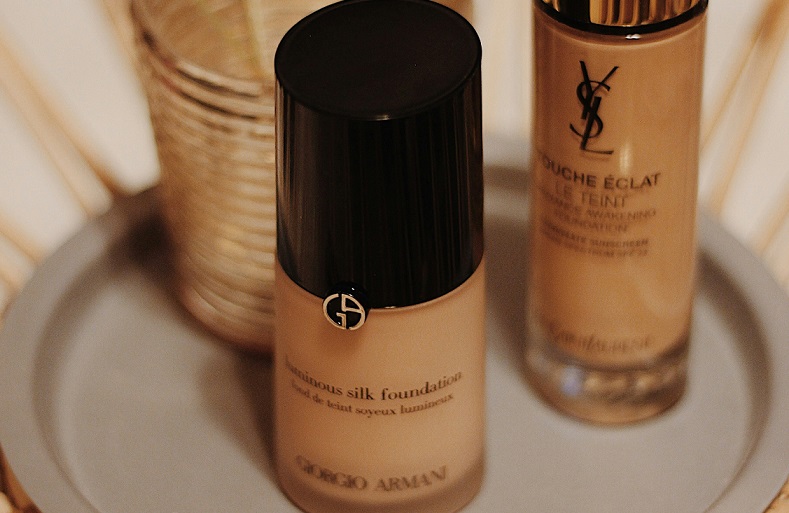The concept of associating colors with scents is a fascinating area of exploration in both the fragrance industry and psychological studies.
The idea that different perfumes evoke specific colors in our minds raises intriguing questions about the interplay between our senses. But is there a real connection between scent and color, or is it merely a subjective experience?
Understanding Perfume Colors Theory
The theory that colors can be associated with scents stems from a broader field known as synesthesia. Synesthesia is a condition where stimulation of one sensory pathway leads to automatic, involuntary experiences in another sensory pathway.
For example, some people with synesthesia might perceive colors when they hear music or associate specific colors with particular smells. This phenomenon has inspired the concept of perfume colors theory, which suggests that different scents can evoke distinct colors in our minds.
The Psychological Connection
Psychologists have studied how colors and scents interact to influence our emotions and perceptions. Research indicates that certain colors and scents can indeed evoke similar emotional responses.
For instance, the color red is often associated with warmth and intensity, while the scent of cinnamon or spicy notes might evoke feelings of warmth and excitement. Similarly, the color blue is linked with calmness and tranquility, and scents like lavender or eucalyptus can create a soothing effect.

Fragrance and Color Associations
While the connection between scent and color is not universally experienced, certain patterns do emerge.
Warm Colors and Spicy Scents
Scents with warm, spicy notes such as cinnamon, clove, amber and vanilla are often associated with colors like red, orange, and yellow. These colors evoke feelings of warmth and comfort, similar to the sensations these spicy fragrances can produce.
Our suggestions: Amber Musk by Aerin, Coco by Chanel, Clinique Aromatics Elixir
Cool Colors and Fresh Scents
Scents that are fresh and invigorating, such as citrus, mint, or aquatic notes, are commonly linked with colors like blue, green, and turquoise. These colors are associated with freshness and calm, reflecting the revitalizing effect of these fragrances. Floral scents, on the other hand, tend to have a light pink or green color.
Our suggestions: Maison Francis Kurkdjian À La Rose, Beautiful Magnolia, Flora by Gucci Gorgeous Gardenia
Natural Tones and Earthy Scents
Fragrances with earthy elements like sandalwood, patchouli, or moss often correspond to colors such as brown, green, and beige. These colors are connected to nature and grounding, mirroring the rich, organic qualities of these scents.
Our suggestions: Wood Sage and Sea Salt by Jo Malone, BYREDO Blanche

Rich Colors and Gourmand Scents
Gourmand fragrances, which are characterized by edible or dessert-like notes such as chocolate, caramel, coffee, and vanilla, often evoke rich, indulgent colors. These scents are typically associated with deep, warm hues like rich browns, deep burgundies, and golden yellows, creating an experience that feels both indulgent and satisfying.
Our suggestions: Baccarat Rouge 540, Tom Ford Vanilla Sex, Lavanila’s Pure Vanilla
The Role of Personal Experience
It’s important to note that the association between colors and scents can be highly personal and subjective.
Cultural background, personal experiences, and individual preferences play significant roles in how we perceive and link colors with fragrances. What one person might associate with a specific color, another might perceive differently based on their own sensory experiences and memories.
Practical Applications in Perfume Design
The concept of perfume colors theory is not just an abstract idea but has practical implications in the world of fragrance design. Perfumers and marketers use color associations to create more compelling and cohesive fragrance experiences.
For example, a perfume designed to evoke a sense of freshness and vitality might use packaging in cool, calming colors like blue or green to reinforce the scent’s invigorating qualities.

Conclusion
The theory that scent is associated with color offers an intriguing glimpse into how our senses interact and influence one another. While the connection between fragrance and color can vary from person to person, there are recognizable patterns that suggest a deeper relationship between how we experience scents and colors.
Whether driven by psychological responses or personal associations, understanding these connections can enhance our appreciation of both fragrances and the art of perfume design.



Leave a Reply